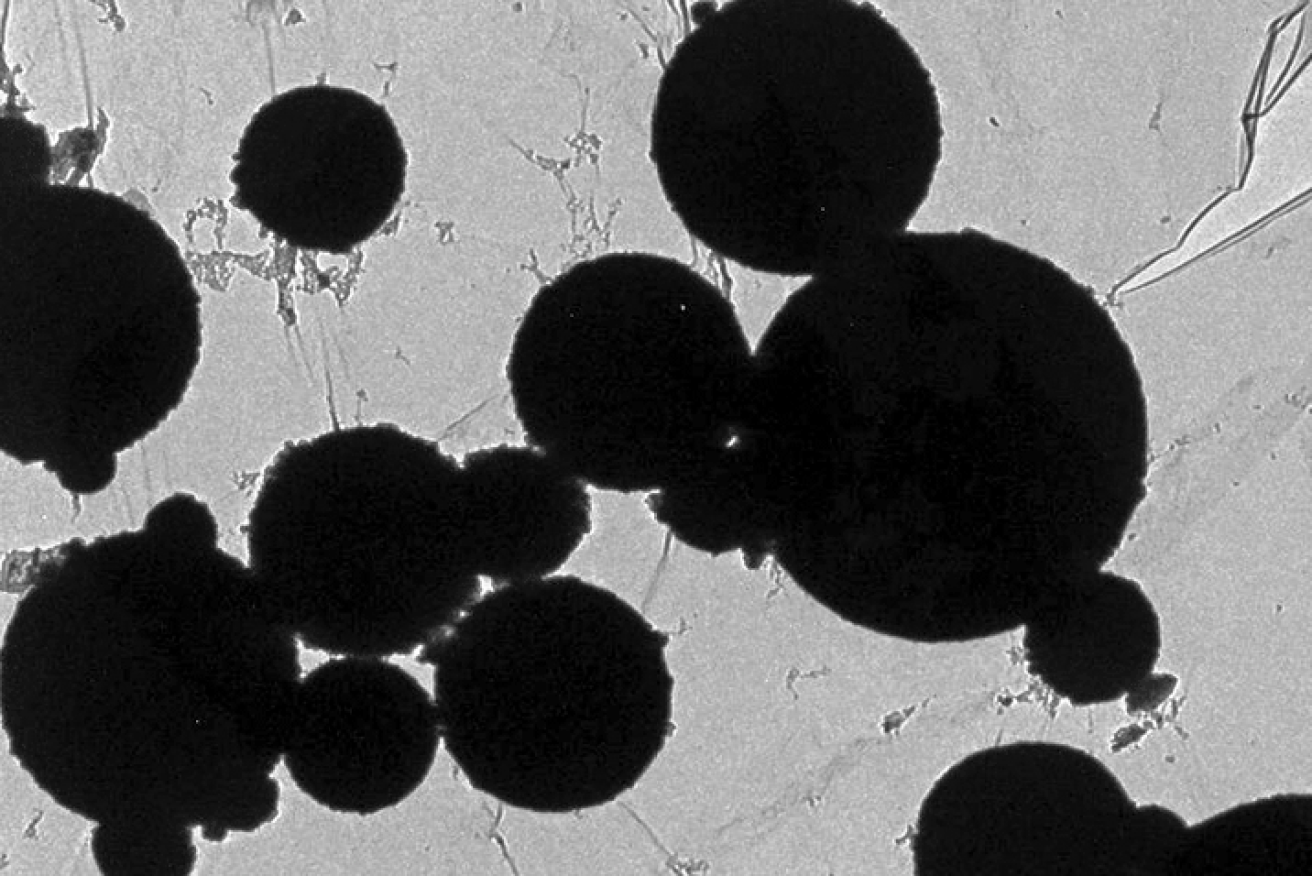Pollution-borne nanomagnets increasing our risk of Alzheimer’s


Nanomagnets are increasing the risk of Alzheimer’s disease and other neurodegenerative diseases.
Along with dust mites and pollen, your nose is also snorting nanomagnets out of the atmosphere.
But where springtime blights are sneezed out again, the magnetic particles are taking root in the human brain, increasing the risk of Alzheimer’s disease and other neurodegenerative diseases.
It’s been long understood that particles of magnetite – a highly magnetic form of iron oxide – naturally accumulate in the brain as a by-product of iron consumption and processing in the bloodstream.
Magnetite was known to be toxic but only dangerously so at high levels.
New research by Professor Barbara Maher, co-director of the Centre for Environmental Magnetism and Paleomagnetism at Lancaster University in the United Kingdom, shows nanoparticles of magnetite from industrial pollution is accumulating in the human brain at much higher concentrations than the naturally occurring variety.
Professor Maher and her team of researchers studied samples from the pre-frontal cortex of brains taken from former residents of Mexico City and Manchester – two cities that suffer from heavy industrial pollution.

Mexico City suffers from heavy industrial pollution. Photo: Getty
She found that naturally occurring magnetite particles were outnumbered by more than 100-to-one by particles originating in pollution.
This amounts to millions of magnetite particles per gram of brain matter.
The biological form of magnetite takes a crystal form, much like a cut diamond – while that sourced from pollution is spherical in shape, a consequence of being subjected to high temperatures in factory processing.
Professor Maher noted that these spherical nanoparticles are also being produced by the heat of braking in cars and trucks.
“Proximity to busy roads might increase the risk of … illness. It’s not just outside environments though, she told The New Daily. Magnetite nanoparticles can also be produced very efficiently in open fires and stoves, not to mention possible occupational exposures.’’
The researchers also detected nanoparticles of platinum, nickel, and cobalt, none of which occur naturally in the human brain.
Magnetite particles are known to disrupt normal cellular function and inhibit the body’s ability to detoxify free radicals – dangerous and highly reactive oxygen molecules that can lead to damage gene mutations, cancers, heart failure and neurodegenerative diseases such as Parkinson’s disease and Alzheimer’s disease.
While previous research found a correlation between high amounts of brain magnetite and Alzheimer’s disease, a study by Spanish scientists last year found that magnetite seems to increase the toxicity of the β amyloid plaques, the clumps of protein that clog up the neurones causing a breakdown in brain signals.
Scientists aren’t at the point of saying magnetite causes Alzheimer’s, however the damage it causes to brain cells is akin to that occurring in the disease.
It’s understood that the magnetite caused by pollution is more reactive and therefore dangerous than those resulting from biological processes.

Professor Maher found that naturally occurring magnetite particles were vastly outnumbered by particles in pollution. Photo: YouTube
Professor Maher says she got the idea for the study after some years of “measuring the magnetic content of the urban atmosphere in order to map the spatial distribution of particulate pollution across a city”.
“So I knew that there was abundant magnetite nanoparticles in the urban atmosphere,” she said.
Professor Maher said the reason she and her team conduct their research is to work out the impacts of pollution on human health.
“Previous studies had reported that magnetite levels were higher in Alzheimer’s Disease brains,” she said. “But those studies all suggested that the magnetite was being formed inside the brain, possibly as a result of some sort of disruption of the normal processes for handling iron in the brain.
“I wondered if the combustion-derived magnetite pollution particles could be gaining entry to the brain, where they might cause cell damage.’’
Professor Maher then “pestered” a Mexico City colleague for brain samples, and supplemented those with some from the Manchester Brain Bank in the UK.
The findings in Professor Maher’s study have been submitted to the Proceedings of the National Academy of Sciences of the United States.








